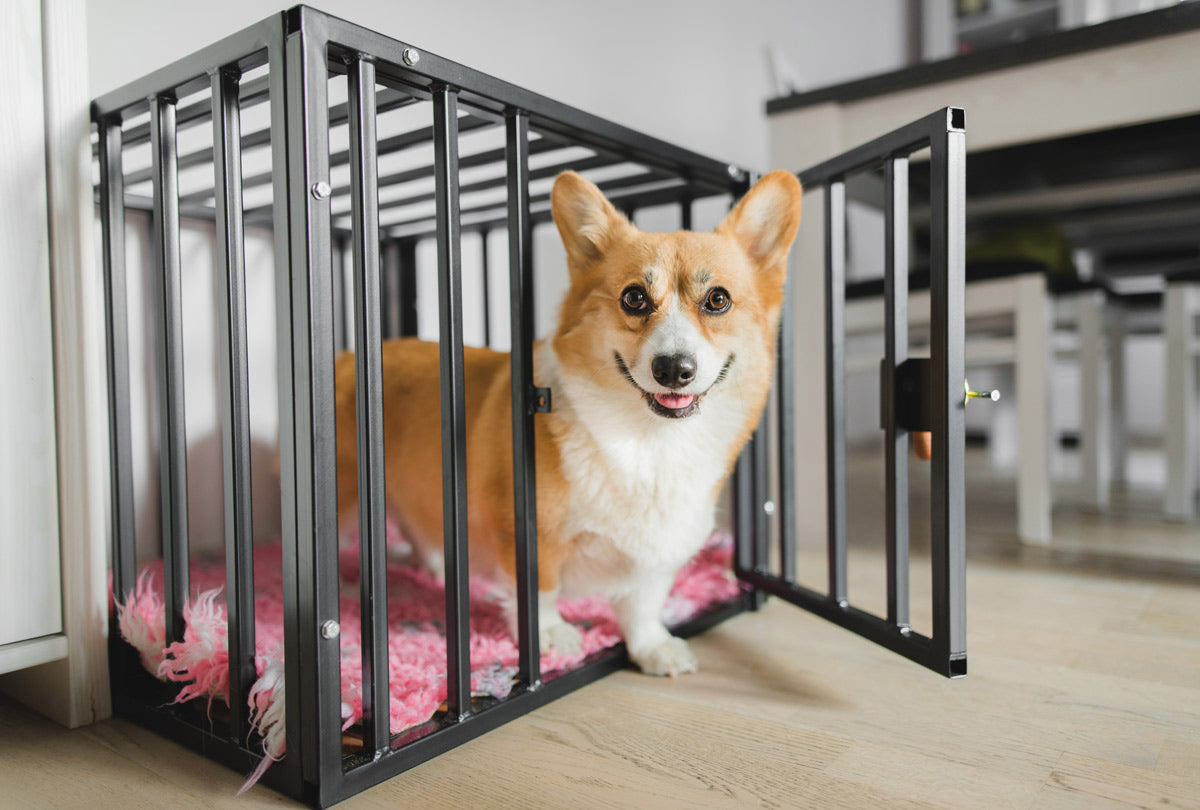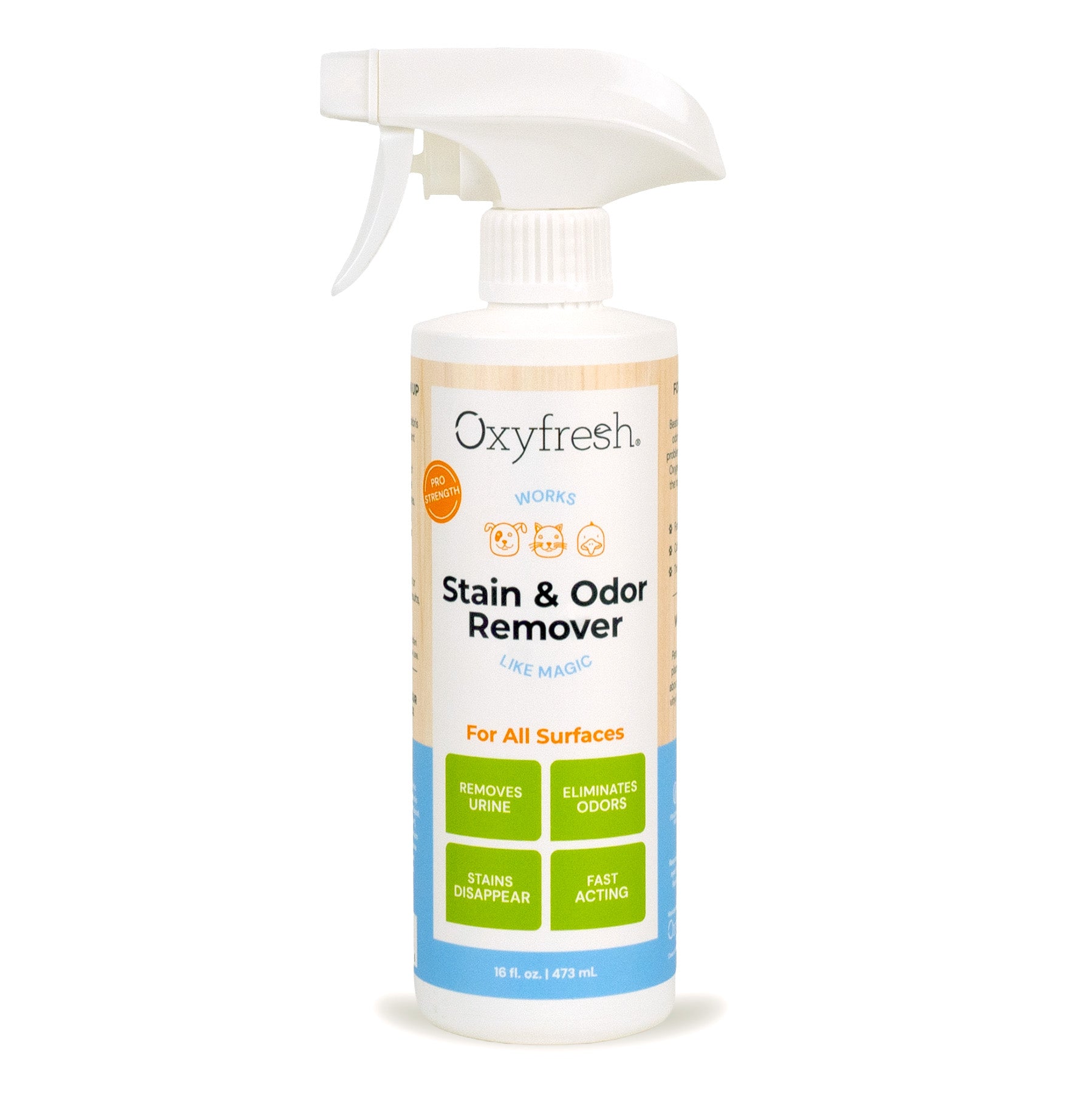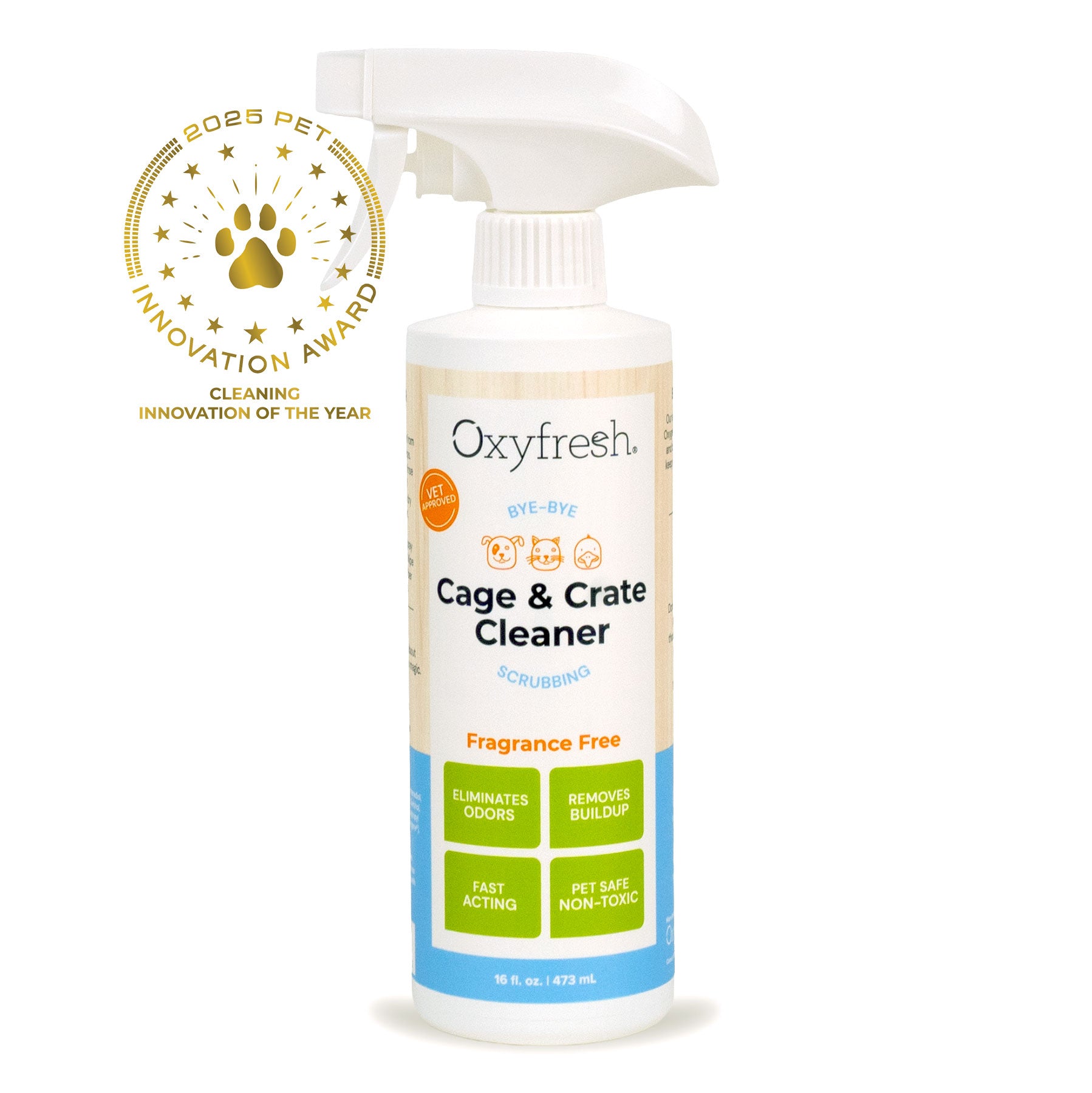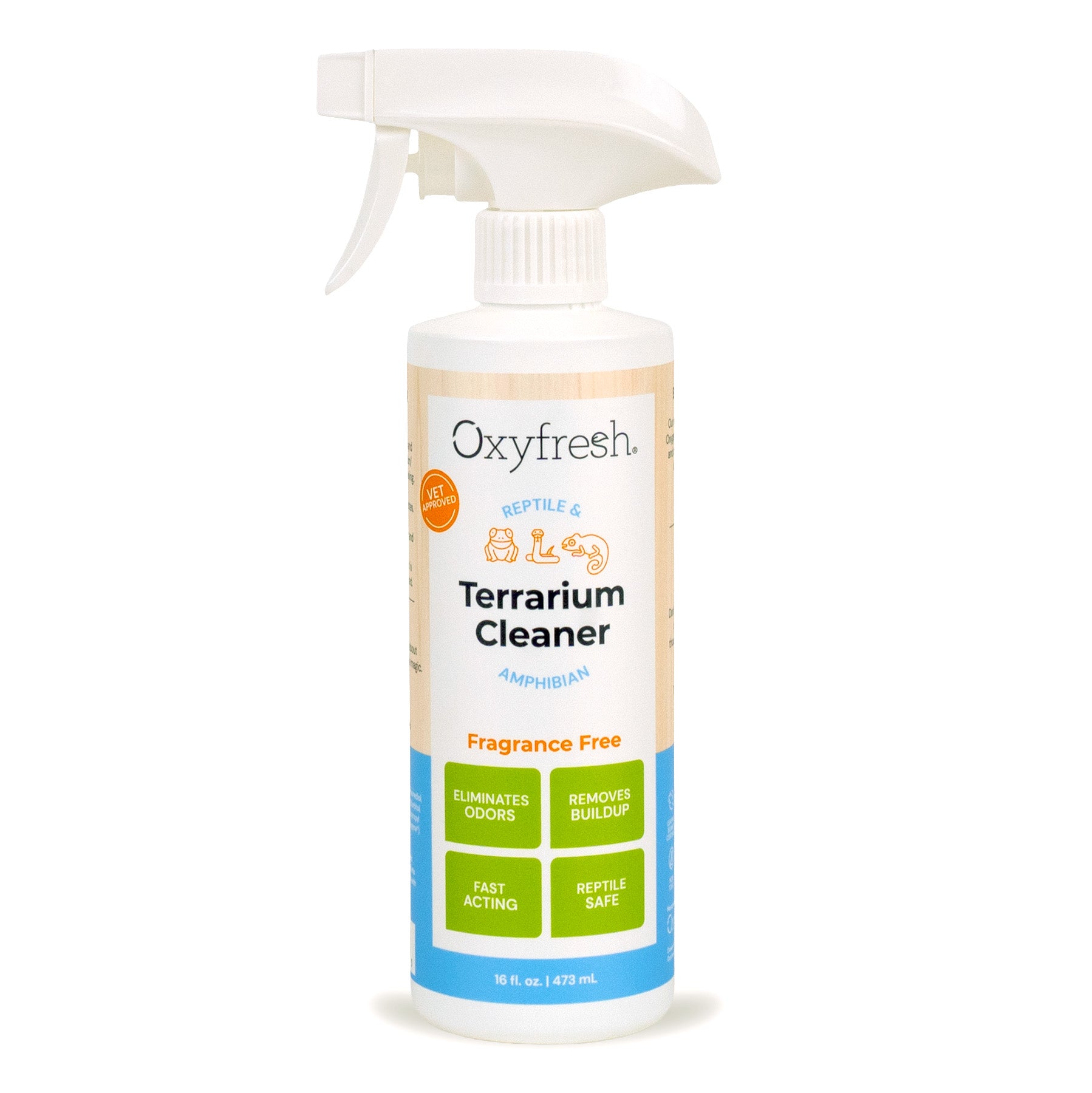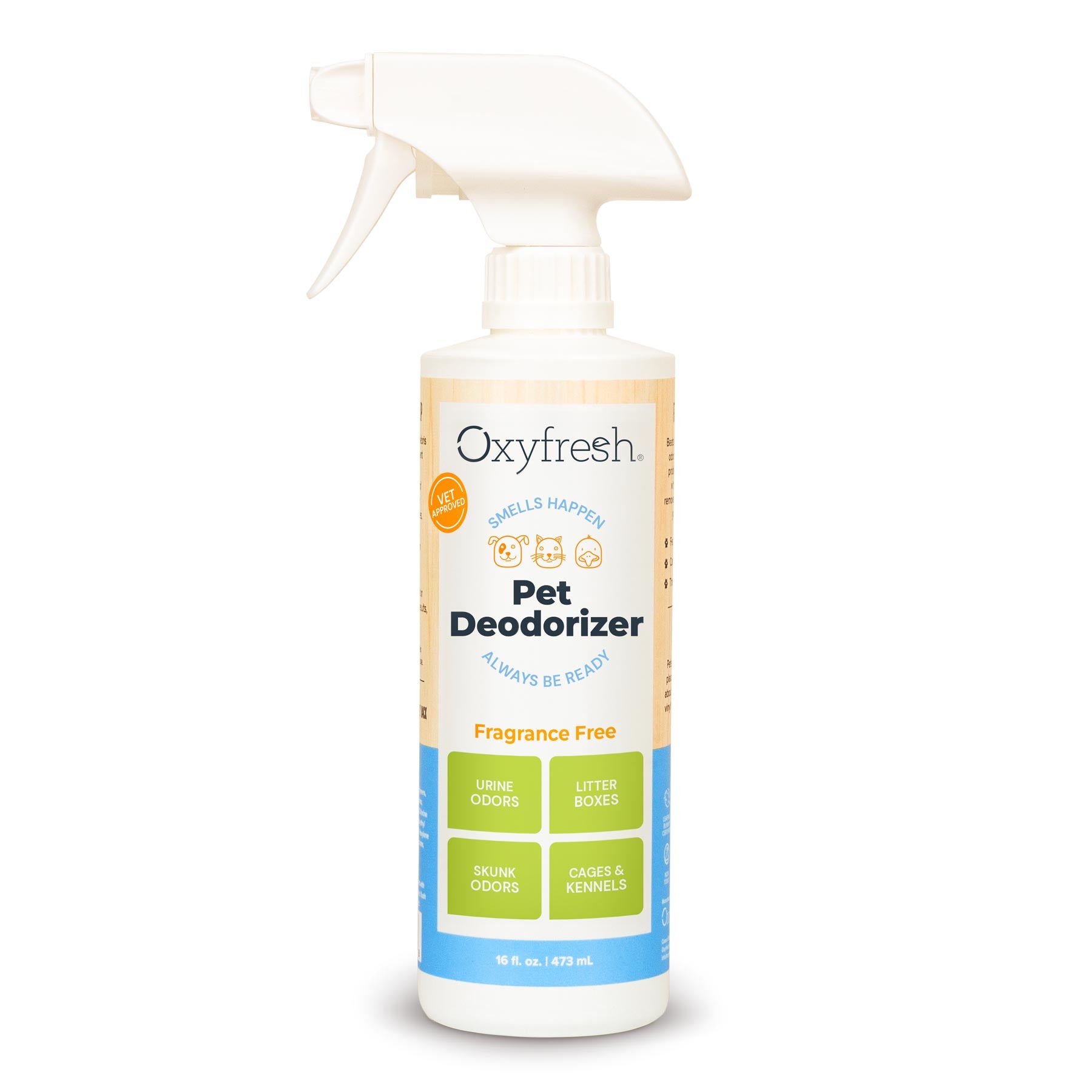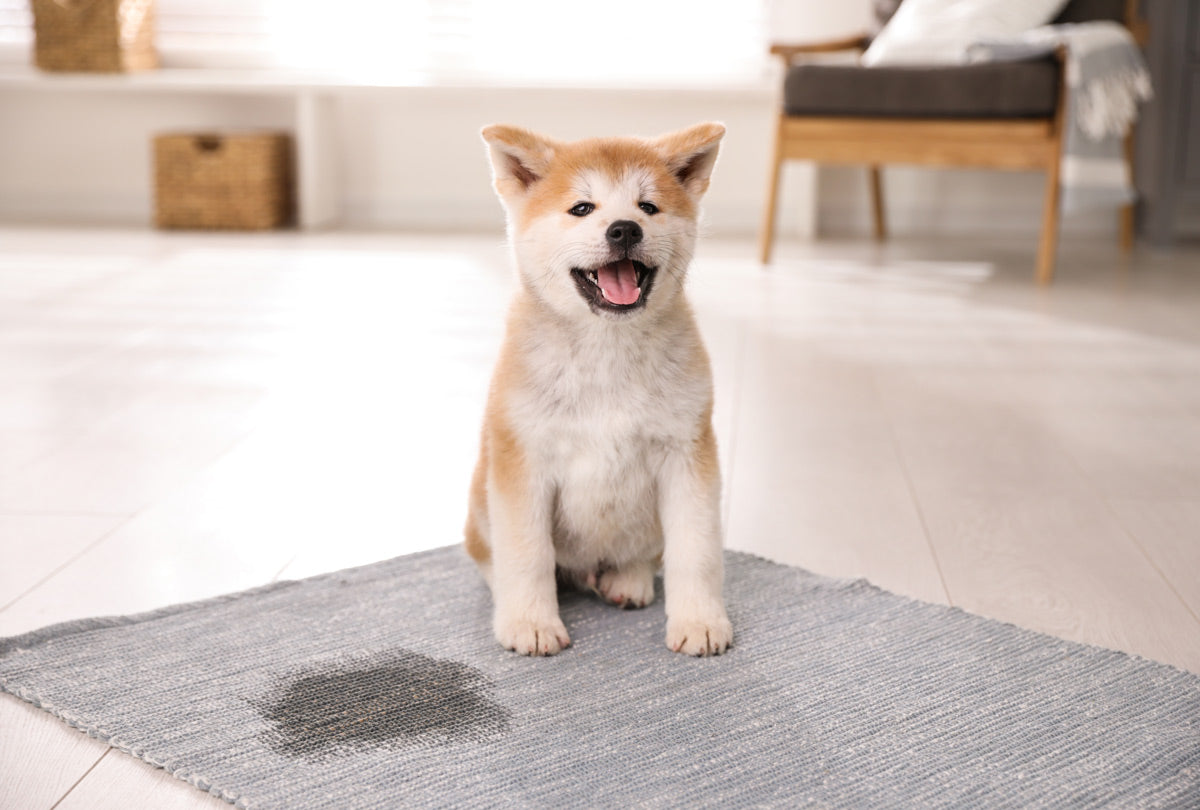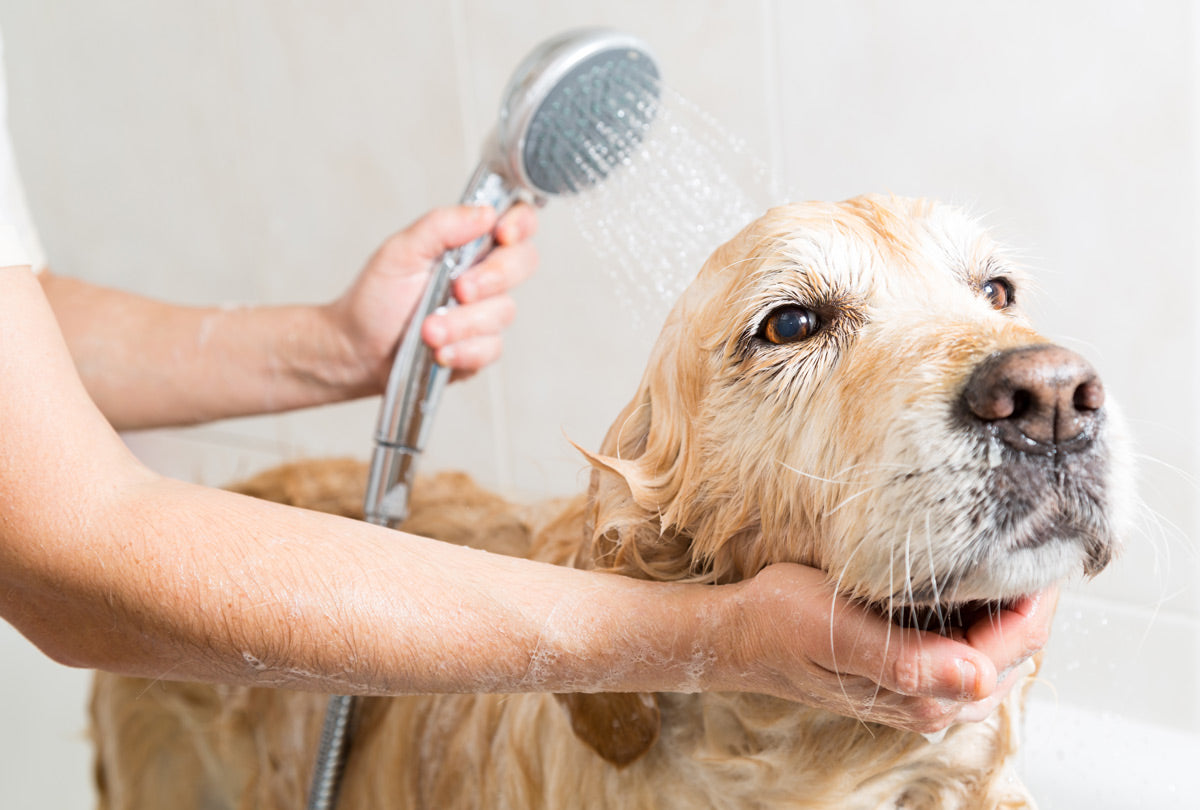Crate training can be a polarizing subject (I wouldn’t want to sleep behind steel bars, why would my pup?!) But the truth is, as long as it’s not used as a punishment, most dogs LOVE their crates and will happily sleep in them at night.
To make sure crate training your older dog or puppy is a success, it’s important to do your homework first (and keep it away from your puppy’s fierce jaws). Dig in!
Benefits of Crate Training Your Puppy
To most dogs, a crate is like a cozy den, their very own space to relax, chill, and dream of biscuits and belly rubs. In fact, a crate can provide your dog with a strong sense of safety and security. Just like people, sometimes dogs need quiet time, especially when things get too hectic in the home.
Crate training at night can keep puppies and dogs from roaming and getting into mischief in the wee hours. And let’s not forget about saving your shoes, couches, and carpets from utter destruction during the day when you’re away!
Crate training is also a fantastic potty-training tool, as puppies don’t like to eliminate where they rest.
However, a love for the crate does not happen overnight; it takes time, sometimes several weeks. (That’s why it’s called crate training, not crate magic!)
Don'ts of Crate Training a Puppy
Crate training has loads of benefits, but only if you do it right. Here are the things to avoid when crate training an older dog or puppy.
- Don’t use the crate as punishment. This will build a negative association with the crate.
- Don’t yell at your dog or slap the top of the crate if your puppy is crying in the crate. That will only make them anxious.
- Don’t put your pup into the crate with their collar or leash on. It could get stuck in the bars.
- Don’t make arrivals or departures overly dramatic.
- Don’t put water or food in the crate as a rule, especially with potty training puppies. Puppies’ bladders fill up fast and you don’t want accidents in the crate. This is assuming your pup won’t be in the crate longer than two hours during the day.
Frequently Asked Questions About Crate Training a Dog
Where should I put the dog crate?
Dogs are pack animals, so don’t put the crate in an isolated area or they’ll hate it. The room where the family gathers most is ideal for the crate, usually the living room or dining room. However, you want the placement of the crate to be in a low-traffic area, for example next to the couch or in a corner. That way your dog can take a break whenever they want without being totally alone.
Avoid putting the crate too close to a fireplace, heating or cooling vent, or in direct sunlight or a drafty space. And make sure there are no power cords, outlets or houseplants nearby. You don’t want your little power chewer anywhere near those things.
What to put in dog crate?
BEDDING
Comfort is king when it comes to creating an ideal crate environment for your dog. You’ll want a bed in the crate and perhaps a favorite blanket. For adult dogs, plush, soft beds are ideal. But if you have a CHEWER or a puppy, plush beds could end up in tatters, wasting your money, or worse, creating a choking hazard. For these situations, a strong, durable mat is a smarter choice.
DOG CRATE COVER
Many pet parents will drape a blanket over the sides of a wire crate as a DIY dog crate cover. This will add to the den-like appeal and help calm dogs if they have anxiety. (For some dogs, though, they don’t want their view impaired whatsoever, so you may need to experiment to see what your dog likes.) If your dog tends to chew on blankets, and you’re worried about them tugging the blanket through the crate, ditch the DIY dog crate cover and purchase a professional one.
TOYS
A durable toy (especially stuffed with peanut butter) will help occupy your dog’s time if they need to be crated.
A fantastic option is the Oxyfresh Pet Dental Chew Toy. Perfect for aggressive chewers, it satisfies dogs’ urge to chew while at the same time massaging their gums and cleaning their teeth, thanks to its flexible rubber cleaning bristles. Apply some Oxyfresh Pet Toothpaste directly onto the chew toy and it’s like your dog will be brushing their own teeth! This 100% rubber BPA-free chew toy comes in two sizes/styles so you can get the right one for your little chewer.
How long can a dog be in crate during the day?
Adult dogs should not be in a crate during the day for longer than 6 hours total ... and they must get PLENTY of daily exercise! This is especially important for high-energy dog breeds.
For puppies, here is the MAX amount of time they should be crated during the day:
- 8–10 weeks: 1 hour max
- 11–14 weeks: 3 hours max
- 15–16 weeks: 4 hours max
- 17 weeks: 5 hours max
Also, note that most dogs outgrow their I’m-going-to-be-destructive-when-you’re-away stage at around two years of age. That’s when many pet parents find that they can simply leave the crate door open for their dogs to go in and out of as they please.
How long can dogs hold their pee?
A healthy adult dog can hold their pee for 8–10 hours at night, provided they haven't gulped down a bunch of water before bed. But it’s advised to not go longer than 8 hours on a regular basis, as this can lead to a UTI or incontinence.
Puppies are a different story. The rule for how long puppies can hold their pee is one hour for every month old they are plus one. For example, a three-month-old puppy can hold their pee for about 4 hours. Keep this in mind when crate training your puppy. You don’t want to set them up for having accidents in their crate.
What happens if you crate your dog too much?
Dogs are social creatures and don’t want to sit in a crate while watching their two-legged family members have fun. If you’re home, keep your pet out of the crate during the day as much as possible. If you overuse the dog crate, the benefits can go out the window and be replaced with some serious problems, such as:
- Anxiety
- Depression
- Obesity
- Canine Compulsive Disorder (OCD in dogs)
If your dog is prone to mischievous when you’re at work, try to come home for a long lunch break or hire a pet sitter or dog walker so your dog is not in the crate all day. You can also look into doggy daycare. It offers lots of great benefits, from exercise to socialization, and best of all, your dog will come home completely wiped out! You can also use playpens or dog gates versus a crate to give them more room to groove. (If you put the crate in the cordoned off area, they may learn to go into the crate to nap, helping with crate training at night.
Puppy Crate Training at Night: Is It OK to Sleep Separately?
While some pet parents are cool with a crate being in their bedrooms, light sleepers who don’t want to be awoken to the sound of licking, snoring or other doggy noises will opt to sleep separately from their pets. No, it’s not cruel to have your pet sleep in the other room. We all need our beauty sleep, and getting extra rest will give us more energy for walks and quality time with our pooch.
The exception is with puppies, at least for the short term. Puppies are used to cozying up to their mamas and littermates, so sleeping solo can be a sad and scary experience initially. For the first week or two of bringing a new puppy into your home, bring their crate into the bedroom at night or get a spare crate for the bedroom. Knowing you’re there and being able to see you will help keep the puppy from crying all night in their crate, which, if this happens, everyone will be crying from lack of sleep!
If you want to sleep separate from your dog, don’t let your pup sleep in the bedroom for more than two weeks or they could resist the transition to a different space. As you transition your puppy out of the bedroom, move the crate farther away from you each night before they go to sleep: near the bedroom door, just outside the bedroom door, hallway, etc. If there is crying or whining with the change, take it slower.
Potty Schedule for Puppy Crate Training at Night
- Take away puppy’s food and water two hours before your bedtime. The exception with taking away water is if your puppy is ill or it’s hot out or they did some vigorous exercise.
- Two hours later, right before you go to bed, take your puppy out to go potty.
- If you have a young puppy, be prepared for a nighttime potty break. (You can set your alarm for four hours after you go to bed if your puppy sleeps in another room, or if your pup whines when they need to go out and you’re a light sleeper, that will do too.) Keep in mind, every pup is different, and some will start sleeping through the night without needing a bathroom break sooner than others.
- Let your puppy out first thing in the morning to go potty and get a fresh drink of water.
Crate Training an Older Dog: Is It Doable?
Most adult dogs who were crate-trained as puppies love their crates for life and don’t even need the crate door locked: they sleep in the crate with the door open. However, if your older dog has never been introduced to a crate, they may greet the situation with some resistance.
Don’t worry. You CAN teach an old dog new tricks. The key is to be patient, and it can really pay off. Beyond a place to rest, a crate is beneficial for any kind of situation where it’s safer to confine your pet, such as during travel, an illness, recovery from injury, emergency or stressful situation.
Steps for crate training an older dog (puppies too!)
- Select a crate. It needs to be big enough for your dog to easily lie down, stand up, and turn around in. (The crate should not be so big that puppies section off one area to go to the bathroom.)
- Time it right. Ideally, you’ll start crate training exercises when your dog is worn out, like after a walk.
- Play it cool. If your dog senses that you’re nervous about the crate, they will be too.
- Build a positive association. Toss a favorite treat or toy near the opening of the crate. Praise them when they approach the toy or treat.
- Go one step further. After your dog is comfortable near the crate opening, put some treats inside the crate. Initially, focus on the front of the crate. Praise when retrieved, and then gradually put the treats farther back into the crate until your dog is all the way in. Note: Don’t force your dog into the crate. Let them explore at their own pace.
- Play crate games. If you have a stoic older dog, you can skip this step, but for puppies, incorporating some play into crate training can help them warm up to it. For instance, you could throw a ball into the crate or hide treats in it. As your puppy runs into the crate to retrieve the prize, you can add a cue like Go crate. This will help them learn a new command.
- Close the door. Begin by closing the crate door for only a second before opening it up and letting your dog out. This will build trust with your dog. Repeat this process until your dog is calm with the door closed, gradually increasing the time from a few seconds to a few minutes and eventually an hour.
If at any point in crate training your dog becomes anxious or upset, take a break. Setbacks are normal and you may need to go back to earlier steps for it to become effective. Crate training is not a linear process and can be filled with ups and downs. Remember: patience is key.
Crate Training a Puppy Crying
Do not be surprised if your puppy cries, whines, barks or howls in the crate during the early days of crate training. This is normal behavior, and it will pass. Here’s what to do if your puppy is crying or anxious about the crate.
- Try to ignore their cries for at least two minutes to see if your puppy settles down on their own.
- If your puppy is not settling down after two minutes and their crying is escalating, enter the room where they can see you. Don’t worry – this will not reinforce your puppy’s crying. On the contrary, if you let the situation escalate without intervention, it can be traumatic for your pup and lead to separation anxiety, which often requires the help of a dog training specialist.
- Offer a comforting word and place your hand on the door of the crate for them to sniff and lick. This can help calm them down.
- Next, avoid making eye contact, petting or speaking to your pup. (You can still leave your hand on the side of the crate, though, so they don’t feel abandoned.) Remain that way until your pup settles down. This should take less than 15 minutes.
- Once your puppy has stopped crying or fussing, open the crate and give them a short break. (Stretch, water break, potty break.)
- When you return your pet to the crate, toss a handful of treats in. This will help soothe them.
This process takes about 5 to 10 times for a puppy to settle down instantly when returned to the crate.
Crate training a crying puppy or dog with separation anxiety can take around 2–4 weeks. Stick with it and be consistent and seek help if you need to.
Importance of Keeping Your Dog's Crate Clean
Making sure your dog’s special den is fresh and clean will add to their happiness and comfort. And selfishly, you don’t want a smelly crate stinking up your house!
Commit to washing your dog’s bedding once every two weeks. If your dog loves to play dirty, sheds a lot, or has allergies, you may want to wash the bedding once a week.
For the crate itself, wipe down the interior whenever you wash the bedding. And, of course, if your dog has an accident in the crate, you’ll want to clean it up right away.
To safely clean your dog’s crate, avoid using bleach, ammonia, harsh chemical cleaners, or any products with fragrances. Not only can these products be irritating to dogs (and your other pack members), but they also require the extra step of rinsing. Instead, opt for a dog-safe, no-rinse crate cleaner.
Meet the Alpha-Dog of Puppy Crate Cleaners
Designed with the most sensitive dogs in mind, Oxyfresh non-toxic Cage & Crate Cleaner quickly breaks down and deodorizes stuck-on messes, puppy piddles and other gunk dogs leave in their crates. No solvents, harsh chemicals, or fragrances; just simple and safe cleaner power for all your dog’s oops moments. Best of all, it’s so quick and easy ... just spray and wipe away. That’s it!
- Goodbye, scrubbing: No scrubbing ... messes come right up! Plus, because it’s so safe and gentle, there’s no need to rinse, saving you precious time.
- Eliminates odors like magic: Only Oxyfresh dog crate cleaner is formulated with proprietary Oxygene® to stop odors right at the source ... fast! No coverups with fragrance bombs.
- Put your dog’s mess to the test: From pee to poop, this pawsome crate cleaner will leave the crate so fresh and clean, you could eat off it if you want to.
- Safe for the whole pack: Oxyfresh USA-made crate cleaner is bleach free, alcohol free, dye free, fragrance free & cruelty free. (You still have to buy it, though, it’s not like, free, free.)
Take the hassle out of cleaning your puppy’s crate and order Oxyfresh Cage & Crate Cleaner today!

